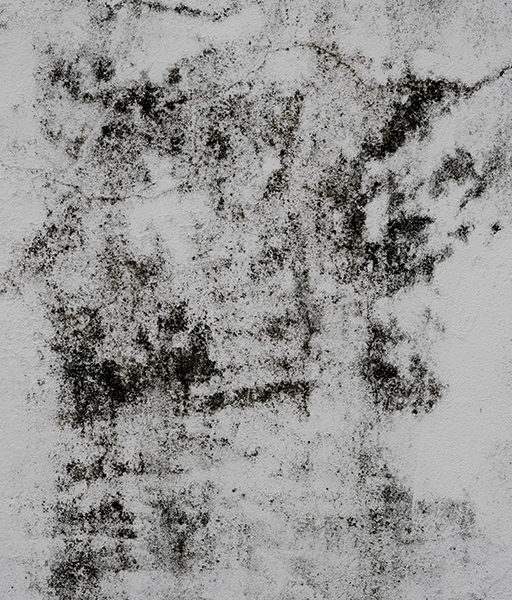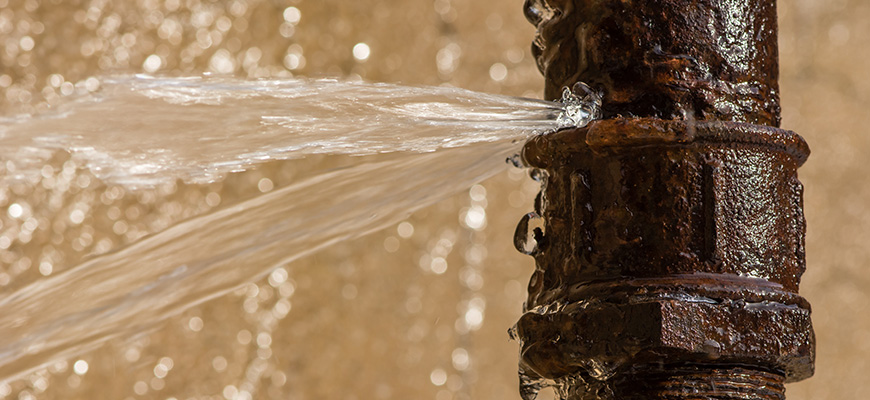What is Black Mold?
Black mold is a type of mold that grows on hard, dry materials like concrete, stone, wood and ceramic. Like all molds, it requires a warm, humid environment in order to grow. While black mold is more common in damp areas, it can occur in areas that are as dry as desert sand. The color of black mold can vary from brown to black. It can also be found in colonies that appear red or orange. The main difference between black mold and common building molds is that black mold grows on hard materials, while most building molds can grow on either wood or concrete. Depending on the materials it grows on, black mold can be a serious health concern. If you have black mold growing in your home, it can cause damage to your health – both physical and mental. The most common symptoms of black mold are rawness in the walls and ceilings, bad smells, and a decline in structural integrity.
How to Detect Black Mold
One of the most important things you can do to prevent black mold in your home is to have regular plumbing inspections. These inspections are crucial because they can tell you if there are any changes that could be causing your mold growth. If you are regularly having plumbing inspections, you will notice that the inspections are often a little more detailed than a standard plumbing repair.
The first thing you will want to look for is puddle jumping. Puddle jumping is when water from the drier parts of the house finds its way into the wet areas, causing a pool of water on the floor. Other clues that could be causing puddle jumping include a low water pressure from distant fixtures, a slow leak rate, and a shortage of sewage Platteville, Wisconsin comes to mind as a location that has some of the highest levels of black mold in the United States.
Another tip is to check your water softener. Water softeners are often located in the kitchen, where they tend to get the majority of precipitation. If your drinking water is running through the softner too, you could be drinking water that is full of toxins.
What can Cause Black Mold Growth?
While there are many factors that can cause black mold growth, the main ones are plumbing problems and the materials that grow on top of those problems.
- Straw Smell – Strawberries don’t usually have a problem growing on concrete, but in a plumbing system with a high concentration of them, you will start to notice a smell. If you think you have found a problem source, open an access door to the plumbing system and see what is coming out.
- Water pipes and Hoses – Hoses and pipes in your home are the key to transporting water from one location to another. The integrity of these pipes is important, and if there are any signs of decay or damage, it could lead to water leaks and further mold growth.
- Cold Water – It is possible to get cold water from a different source than a hot water system. If you have a well or spring nearby that gets little to no precipitation, it could be supplying you with cold water. If you are experiencing cold water headaches and dizziness, it is possible that you are overexpressing your headaches and feeling dizzy because your brain is not receiving the proper amount of blood flow.
- Moisture – One of the main factors that cause black mold growth is moisture. If there is too much water in the air, mold can thrive. If there isn’t enough water in the air, the molds will die off.
The Biggest Threat of Mold Growth: Black Mold
Mold is a serious problem in any indoor area where it grows. Yard sales, flea markets, and other locations where items may be exposed to the elements are good places to look for moldy items. There are certain items that are always a health risk – like food and drink – and others that are only a concern if left unsupervised – like textiles and other house hold items.
The biggest threat to your health from black mold is in areas where it grows very slowly, like your kitchen walls and ceilings. These areas tend to be moist, hot, and humid. If mold is able to grow in these areas, it can cover the walls and ceiling with a thick layer of mold. If you are living in a damp area where water drainage is poor, you could end up with a growth of black mold in the shower drain or other plumbing areas.
The Signs of Plumbing Problems That Can Cause Mold Growth
Home plumbing problems are often subtle. You probably won’t even realize that something is wrong until it is far too late. The following are signs that your plumbing may be growing mold:
- Bad Odor – Mold smells will always be more than just a smell. It will have a strong chemical scent that can be detected by the nose, if the right conditions are present.
- Swelling and Deformity – If your water heater is causing your mold problem, it might be because the pipes are too small for the water pressure. You should check the faucet to see if it is fitting properly. If it is not, the pressure from the water flowing through the pipes is being misused.
- Water Leakage – Water leakage is another plumbing problem that can cause mold. If the water in your house dries up because there is no pressure to flow through the pipes, then you will end up with a heavy layer of mold on the walls and ceilings.
How to Protect Your Health from Black Mold
The biggest danger with black mold is not knowing that it is causing harm to your health. Knowing what to look for and what to do can help you avoid getting sick.
If you notice any of the following, it is better to call a professional than try to solve the problem yourself:
- Swelling in the Nose and Mouth – If you experience a thing called mold growth in your house, it is because the mold is affecting your sense of smell. Try to identify the smell and see if it is a problem in your house. If not, you can try to treat it yourself.
- Stains on T-Shirts and Jeans – If you happen to wear your favorite t-shirt or pair of jeans while you are dealing with mold growth, you are taking a big risk. If the shirts or jeans are stained, you should wash them immediately to get them out of the way so other people can use them.
- Yellow Fungus – Yellow fungus is another problem that can occur if there is too much moisture. White rot can be a problem too, but yellow fungus is just as harmful without the bready taste.
Conclusion
Mold is a potentially harmful fungus that can grow anywhere in the home. The main threats are growing in areas with too much moisture and poor air flow. The best way to protect your health from black mold is to have regular plumbing inspections.


